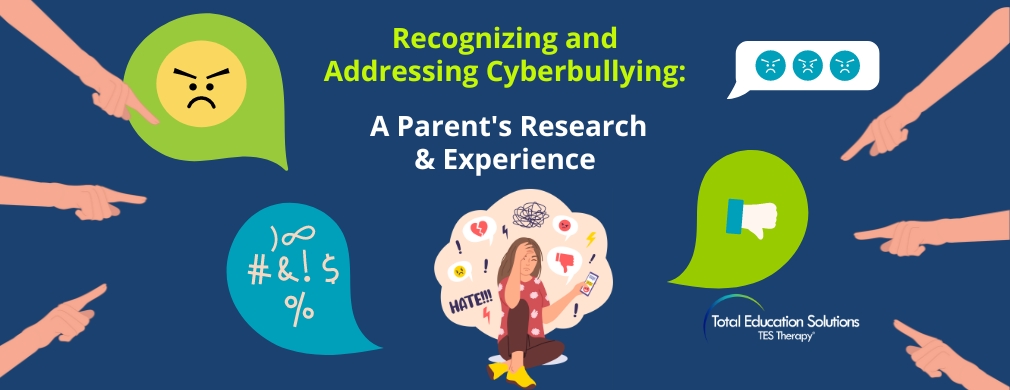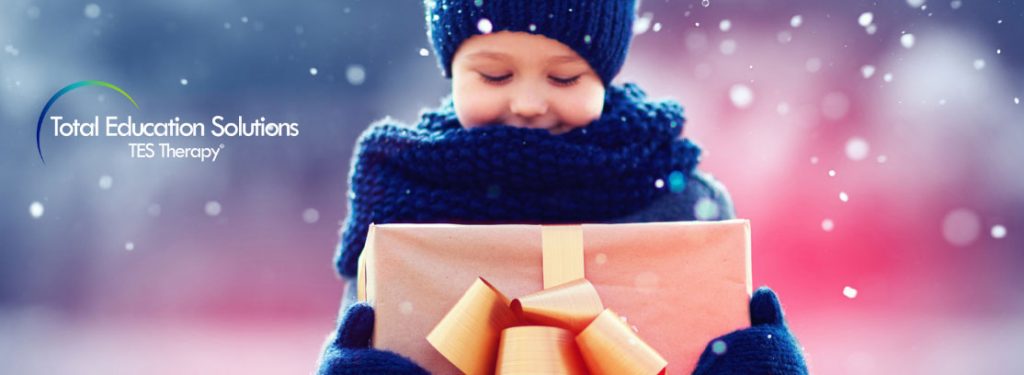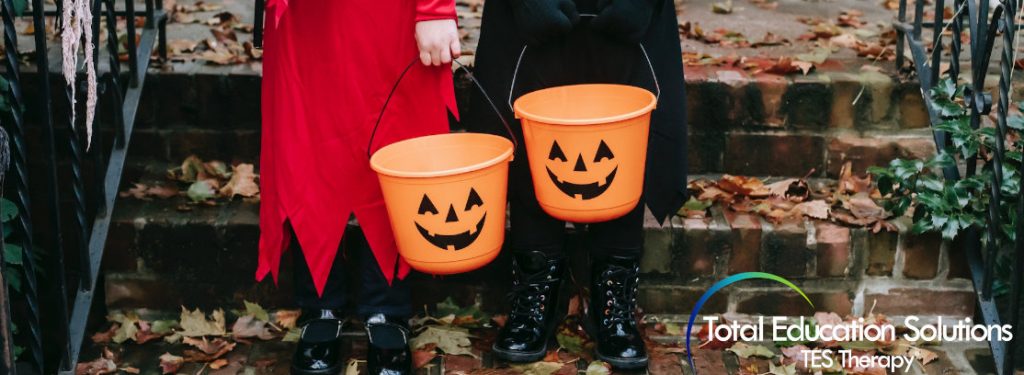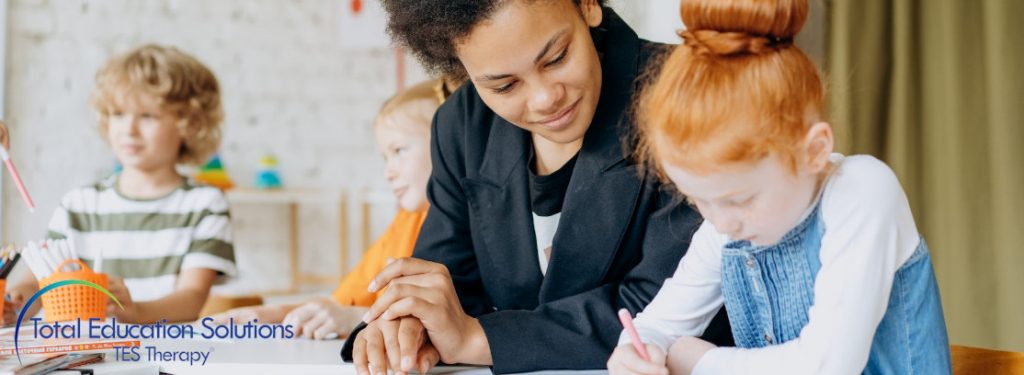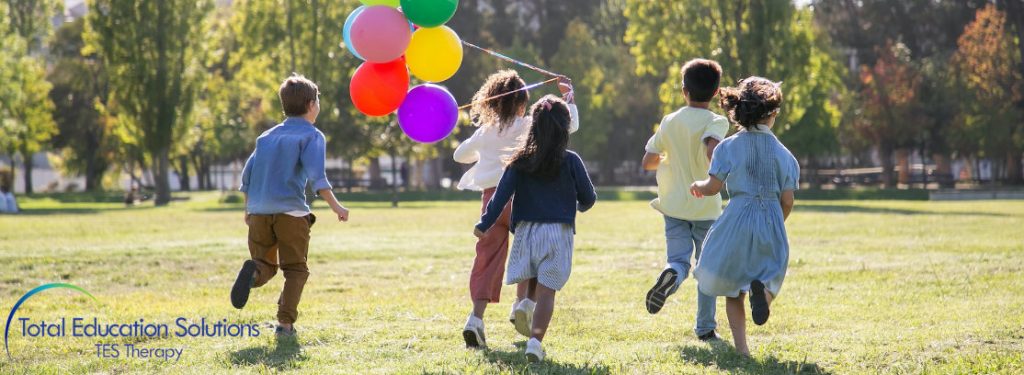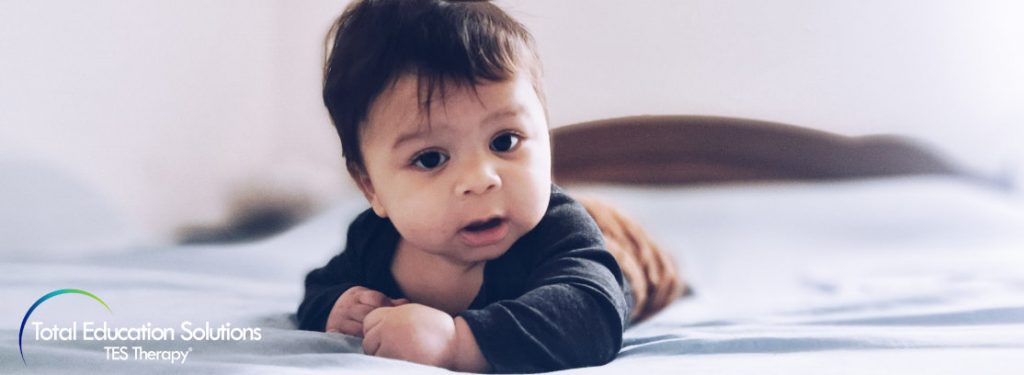Change can be challenging for anyone. Even as an adult, transitioning to a new job, a different home, or any other significant change can be difficult. So you can imagine how tough it must be for kids – especially those with disabilities.
High school can be compared to living on a new planet. There are new people, new places, and often, new expectations, and you must learn everything from scratch. It can be a lot for anyone, especially for students with disabilities who may already face significant daily challenges.
For students with disabilities, the transition from high school to adulthood can be incredibly challenging. According to the Bureau of Labor Statistics, only 19.1% of young adults with disabilities are employed.
Moreover, students with disabilities often face several barriers that their non-disabled peers don’t. These can include a lack of accessible transportation, limited access to affordable housing, and discrimination in the workplace.
Given all of these challenges, it’s not surprising that students with disabilities often need extra help to transition to adult life. This is where a transition plan comes in.
In this post, we’ll discuss what a transition plan is for students with disabilities and the seven components to make it successful. We’ll also share strategies to help students with disabilities successfully transition to high school.
What is a Transition Plan?
A transition plan is an individualized program for students with disabilities to help them attain their goals to succeed in high school and beyond. A typical transition plan includes coordinated strategies and activities to support the student’s transition from school to adulthood.
Why is Transition Planning Important?
High school is a crucial period that equips students with the knowledge and skills to traverse adulthood. However, studies have shown that students who fail to complete high school suffer from behavioral and emotional decline.
Thankfully, research also shows that with early intervention, students with disabilities can successfully transition into high school and beyond. From autism to ADHD, every disability is different and requires a unique approach.
When Should Transition Planning Begin?
Under federal mandate, all students at the age of 16 with an IEP should have an individualized transition plan.
However, transition planning should ideally begin when a student is in middle school. It gives the student, family, and educators enough time to develop and implement an effective plan before the student begins high school.
Preparing for the Future
For every child, especially those with disabilities, the goal should be independence. Independence gives them the freedom to live their life without having to rely heavily on others.
However, we know that becoming independent doesn’t happen overnight. It’s a lifelong process that begins when a child is young and continues into adulthood.
Acquiring independence involves achieving various goals, from academic to employment opportunities.
The 7 Components of a Successful Transition Plan
Understanding its importance is just the first step in effective transition planning for students with intellectual and physical disabilities. It is a process that should be taken seriously and given the time it deserves.
Including the following critical components in your transition plan will help guide you and ensure that no crucial element is left out in order to boost chances for success.
1. Observe, Identify and Listen to Your Student’s Interests
The first step in developing a successful transition plan is to get to know your student. This means taking the time to observe their interests, preferences, and skills.
You can ask them about their interests and preferences or observe them in various settings. Once you have identified their interests, you can find ways to match them with potential careers or post-secondary education opportunities and activities.
2. Model the Goal-Setting Process
Teach your students to set goals and a timeline and work towards them. This will help them immensely when they eventually have to do it independently.
3. Help Them With an Action Plan
After your student has set their goals, the next step is to create an action plan. You can help them by breaking down the steps and assigning deadlines to each task. This will ensure that they are making progress and build their confidence without getting overwhelmed.
4. Always Applaud Effort
Praise can do wonders for a student’s motivation. It is essential to continually encourage and applaud your student’s effort, no matter how small the task may be. It will also encourage them to keep trying and not give up when encountering setbacks.
5. Student Involvement
Get each student involved in their transition planning as much as possible. This will help them take ownership of their future and empower them to make decisions about their lives.
6. Parent and Family Involvement
Additionally, involving the student’s parents and family in the transition is just as crucial. They are, after all, an effective support system for the student. Educate all guardians on the student’s goals and the steps they need to take to achieve them.
7. Positive Family/Student and School Relationships
Feeling alone and alienated is a common experience for students with disabilities. A strong sense of belonging has been shown to increase academic achievement, reduce drop-out rates, and promote positive social and emotional development.
Therefore, developing positive relationships between the student, their family, and the school is essential. These relationships will give the student a support system to rely on during difficult times.
Strategies To Successfully Help the Transition for Students With Disabilities
Many transition planning strategies can help students with disabilities successfully transition into high school. Here are a few:
Prepare Them
Preparing a student mentally for what’s ahead can go a long way. This can involve having conversations about what high school will be like, what their schedule will look like, and who their teachers will be.
You can also take them on a tour of the high school campus, so they know where their classes will be and can find their way around.
Use a Visual Schedule
A visual schedule helps students understand what activities come next on any given day. This can be extremely helpful for students with disabilities who struggle with time management and organization.
Use a Visual Timer
A visual timer can help students with disabilities stay on task and manage their time. It can be used to break down tasks into smaller chunks and let the student know how much time they have left to complete a task.
Offer Sensory Breaks
Sensory overload can be a real problem for students with disabilities. Offering sensory breaks throughout the day can help them stay calm and focused. This can involve letting them listen to music, chew gum, or walk outside.
Use a Transition Object
Like a comfort object, a transition object can help a student with disabilities feel safe and secure during the transition to high school. This can be anything from a favorite stuffed animal to a picture of their family.
Teach Transition Songs
Songs are a great way to teach and solidify new information. You can use songs to teach them the steps of a task, the names of their classmates, or their schedule for the day. Songs can also help them prepare for subsequent activities.
Choose Transition Activities
Transition activities are fun yet non-distracting activities that help students with disabilities stay engaged while waiting for the next task. Some examples of transition activities include playing with putty, coloring, or listening to a short story.
Allow for Extra Time
Students with disabilities may need extra time to complete tasks. This can be due to difficulties in processing, fine motor skills, or executive functioning. Allowing for extra time can help reduce stress and frustration.
Maintain Consistency
Consistency is key for students with disabilities. Try to maintain the same routines and expectations as much as possible throughout the day. This can help reduce anxiety, promote security, and form healthy habits.
Big Transitions Require Only Little Steps
Transitioning to high school can be daunting for any student, but it doesn’t have to be impossible. Using some of the above strategies that promote successful transitions for students with disabilities, you can help them make a successful transition into high school.
However, overall the transition for students with disabilities can be incredibly challenging. That’s where professional transition services come in. Our team of experts understands the unique needs of students with disabilities and can help make the transition process as smooth as possible.
If you’re feeling overwhelmed or need help getting started, don’t hesitate to reach out and request more information, we’re here to support you every step!

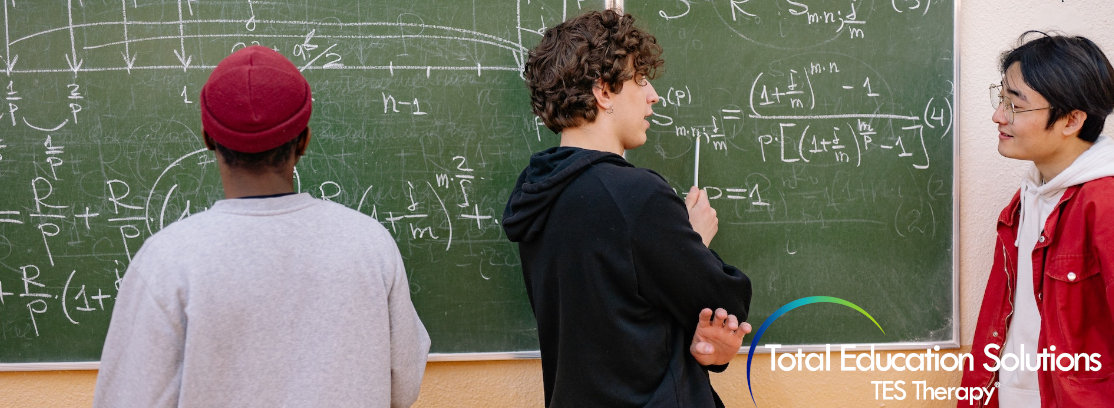
 27 Dec 2022
27 Dec 2022 